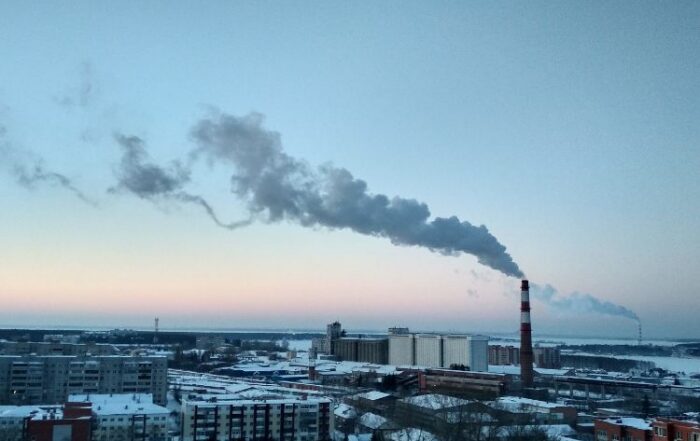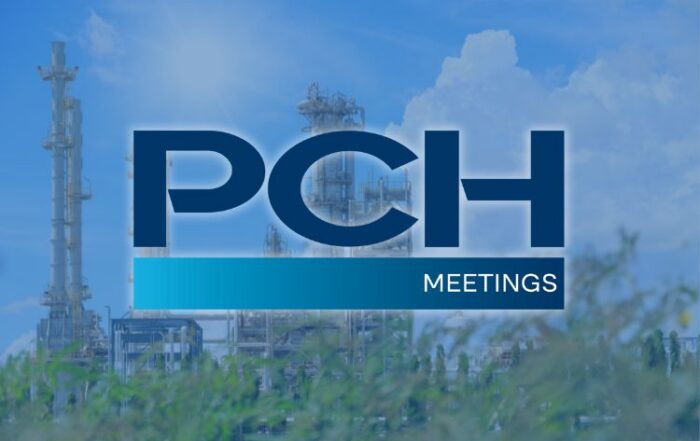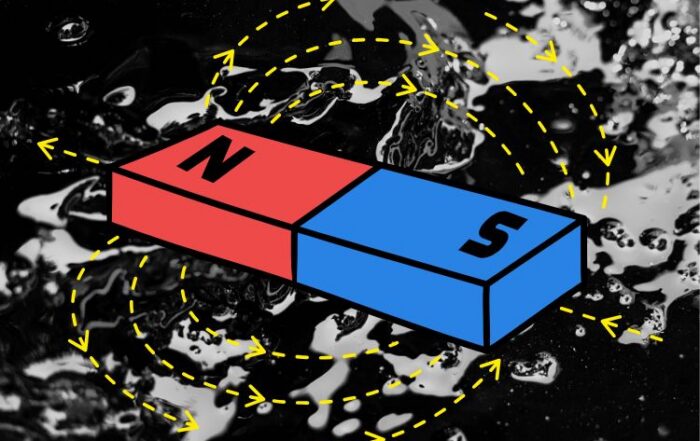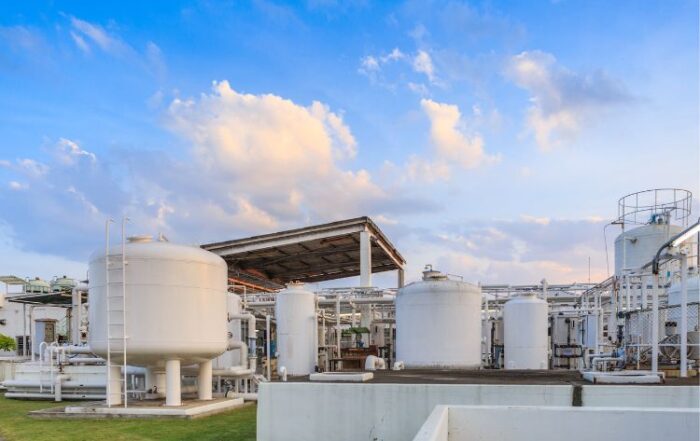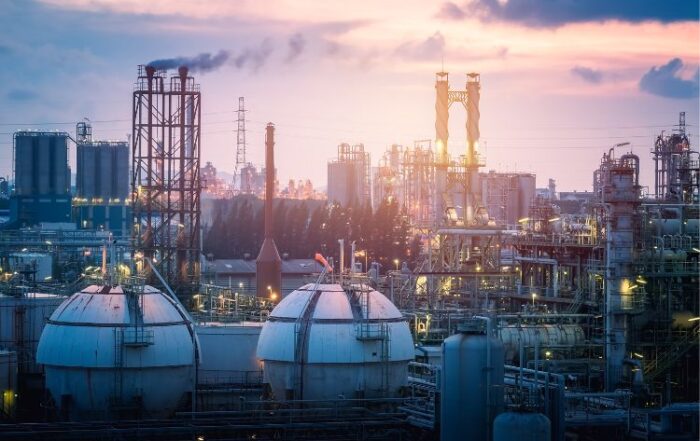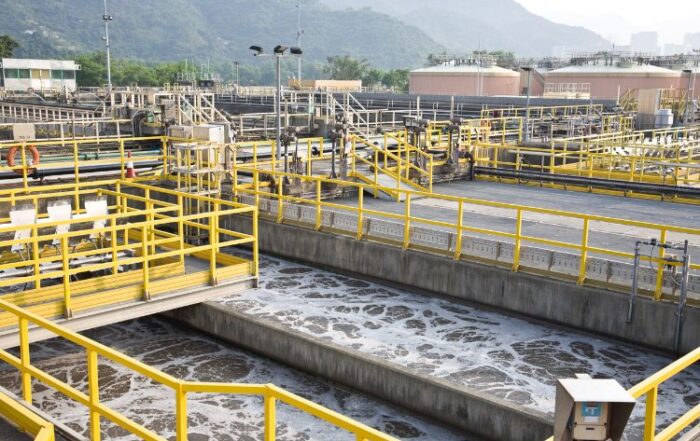
Gas Treatment on Ammonia Fertilizers
Fertilizer production defines an area of industrial activity to produce compounds of nitrogen, phosphorus and potassium (N/P/K), in different proportions, depending on their use and the numerous processes for their production.
Among these are the family of ammonium phosphate based fertilizer such as MAP and DAP. To meet the demand for this type of products are used manufacturing facilities, where the main process is the digestion of phosphate rock using a combination of HNO3, H2SO4 and/or H3PO4 and with the addition of NH3 during the process.
Gas treatment:
Main areas of gas emission are the reactor and the granulator. The main pollutants are NH3, VOC’s and dust. The solution adopted consists of an initial stage of venturi–cyclon for dust removal, followed by an acidic scrubber to remove NH3 and a final alkaline scrubber step to remove HF (if present). Also in the case of DAP, due to the strong presence of NH3, it is removed by the recirculation of a H3PO4 solution to obtain (NH4)3PO4 which, once crystallized, can be used as fertilizer.
Advantages
- Environmental benefits: NH3 emissions below 10 mg/Nm3
- Economic benefits: process optimization that allows the generation of by–products that can be reused in the process itself and thus reduce the purchase of reagents.
More information
Give us your contact details and we will advise you on the best solution for your application.
View also
How Gas Scrubbing Technologies Will Drive Decarbonisation in the Chemical Sector
Decarbonisation as the Urgent Challenge for the Chemical Industry The chemical industry is entering one of the most transformative decades in its history. As regulatory pressure intensifies and global climate targets advance, [...]
Tecnium to attend PCH Meetings 2025 in Lyon
Leading Innovation in Chemical Process Equipment Tecnium will participate in the 21st edition of PCH Meetings, the leading international business convention for process, chemical, petrochemical, and pharmaceutical industries, to be held on [...]
Magnetic Drive Pumps: The Science Behind Leak-Free Chemical Transfer
Why Magnetic Drive Technology Matters In industrial environments where safety, reliability, and chemical containment are critical, even a small leak can have major consequences. Traditional centrifugal pumps, which rely on mechanical seals [...]
Biofiltration for Air Pollution Control
Introduction to Biofiltration and Air Pollution Control Air pollution control is a persistent challenge across multiple industries — from wastewater treatment to chemical manufacturing, food processing, and beyond. As regulations grow stricter [...]
ECHA 2025 Report
Why the ECHA 2025 Report Matters The European Chemicals Agency (ECHA) plays a central role in regulating the safe use of chemicals across the European Union. Through its guidance, risk assessments, and [...]
A Key Element for Environmental Protection in WWTPs
Why Gas and Odour Emissions in WWTPs Are an Environmental Issue Wastewater treatment plants (WWTPs) play a critical role in safeguarding public health and the environment. However, the treatment process itself can [...]

